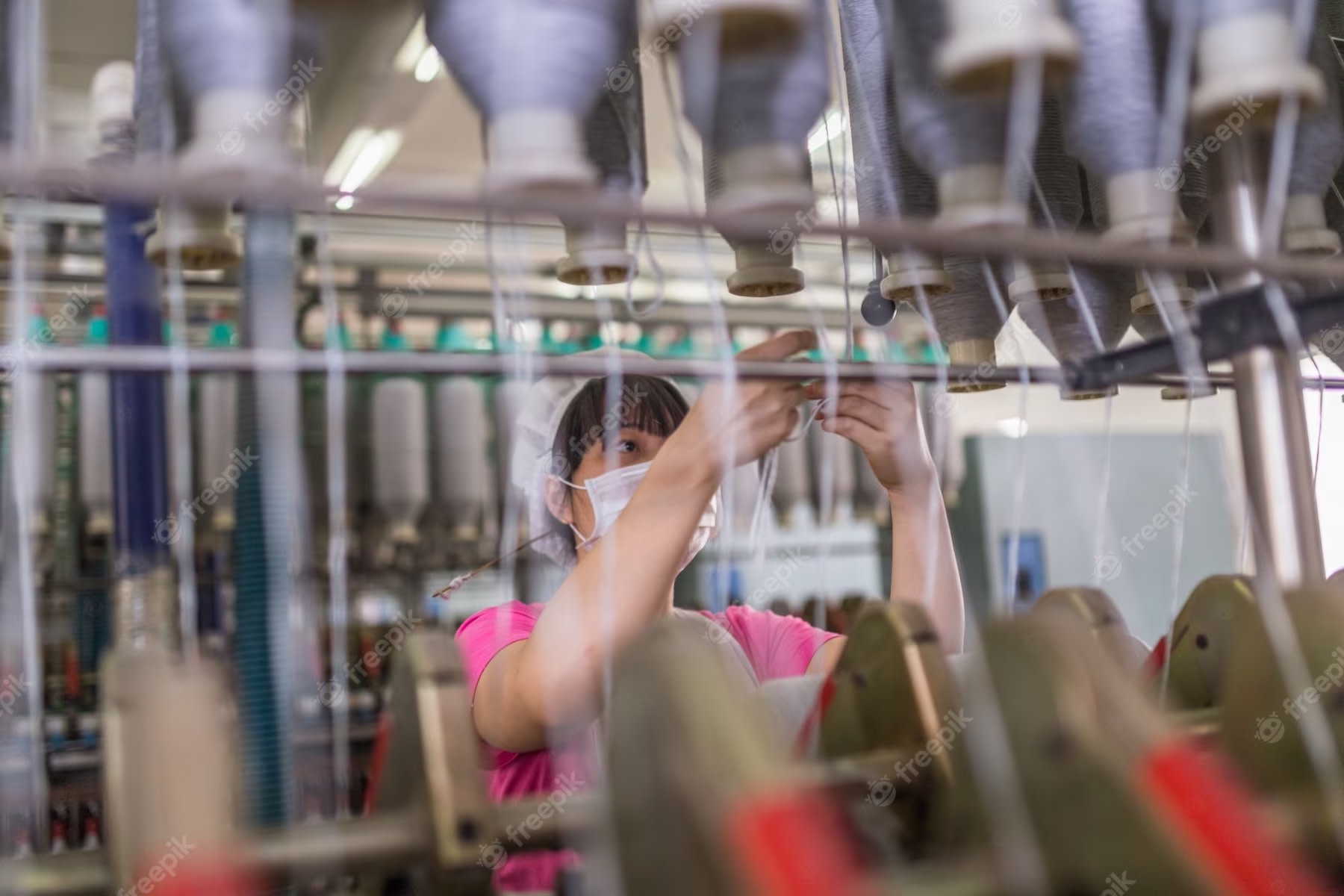3 Ways The Fashion Industry Can Be More Sustainable

Clothing consumes a staggering amount of resources, just as we require clothing for ourselves. A single cotton shirt typically demands about 2,700 gallons of water. To put that in perspective, that’s enough water to sustain you for about three years.
Between that and rapid consumerism and our throw-away tendencies, the industry is at a tipping point. Radical changes to company practices, our spending habits, and how we see fashion need to be addressed if things are to change.
To address those issues, three representatives from Lanvin Group, Fashion for Good, and Feiliu Tech offered different ways to incorporate sustainability into the fashion industry. They outlined those details at the BEYOND Expo 2022 in more detail, but here is what they had to say on the matter.
Focus On Sales Over Supply Chain
The fashion industry has looked at manufacturers in a certain way for decades. Due to consumer demand for more clothes faster, the fashion industry shifted to making clothing as quickly as possible and as cheaply as possible. This has tinted their lenses to overlook malpractice and prioritise speed over everything.
While it has aided the industry's growth, it has also caused several problems beyond environmental costs. Many suppliers employ children or force their workers to work in poor conditions.
Combined with the growth major brands have enjoyed, switching to ESG initiatives means changing the habits that brought them so much success. And when you consider that these brands employ hundreds of suppliers, it can be a huge problem to address.
But even if they focus on improving working conditions, that doesn’t address the surplus of clothing. Concentrating solely on suppliers will not yield the same results as other actions that these sustainable clothing brands have taken.
Joann Cheng, Chairman and CEO of Lanvin Group, encourages the fashion industry to shift away from looking at supply chains as the key solution to this problem. Instead, Cheng talked at the Expo about how platforms are emerging that now focus on reselling clothing and repairing items.
Just as fashion went online after some time, fast fashion could innovate itself by simply creating platforms where clothing can be resold or repaired. Renting is also viable for suits and dresses. A new innovation could be simply renting clothing long-term, where buyers can get trendy clothing or seasonal clothes without having to throw them out.
(How Fast Fashion Can Improve Industry-Specific ESG Initiatives)
A Dramatic Shift In Dynamics
Based on what Cheng proposed, the industry has to go through dramatic changes if it truly wishes to be sustainable. Not only in the way business is being done right now but in the technology that is being adopted.
In the case of technology, Priyanka Khanna, the Asia expansion head of Fashion for Good, weighed in that the dynamic has to shift to where everyone is on the same level. In the fashion industry, there is more than just a brand, a manufacturer, and an end customer involved. There are multiple industries that form the fashion industry as a whole.
To incorporate sustainability, chances are likely that there will be even more involved. Especially if the industry is expected to: reduce its footprint; reduce the usage of natural resources; and cut back on emissions, and water pollution,
There is no doubt manufacturers are key, as Khanna has stressed, but keeping in mind the bigger picture can help with bringing everyone up to speed and having the support needed to make the necessary changes. Technologically, this can look at platforms to provide education and skills to employees across the industry and support innovation.
Investing In Sewers & Cutters
While there is more attention paid to the fast shipping and carbon emissions that stem from fashion’s swiftness, it’s still important to consider the other components of the process. It’s important to keep in mind that the raw material that’s used is costly as well. After all, the water used for cotton is only the tip of the iceberg.
Kate Liu, Ph.D., co-founder and CPO of Feiliu Tech, notes this. Production lines aren’t all run by machines. There are many individuals sewing and cutting. Because these processes are manual, there is room for human error, which can result in material or clothing being thrown out before it hits the rack.
Combine this with small suppliers receiving larger than usual orders or workers being overworked and underpaid, and we’ve got good odds that a lot of material is being thrown away that we’re not aware of. Shein is certainly on the right track by putting some money in manufacturers' pockets to improve working conditions and training. However, more can be done.
Investing in AI can be a good step forward, as a computer can gather data faster and improve the efficiency of those workers over time. In a sense, people will eventually get to a point where they can confidently produce small batch orders and literally tailor to demand. This is on top of improving quality and reducing material waste.
More views on specific sector ESG development can be found at our Featured Articles.

